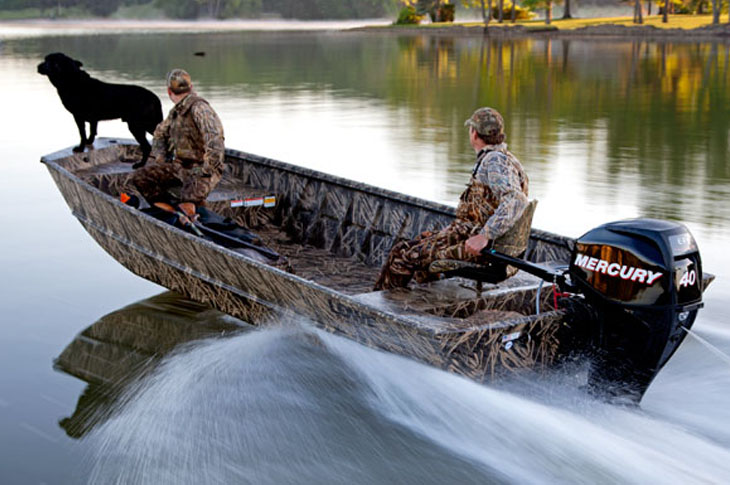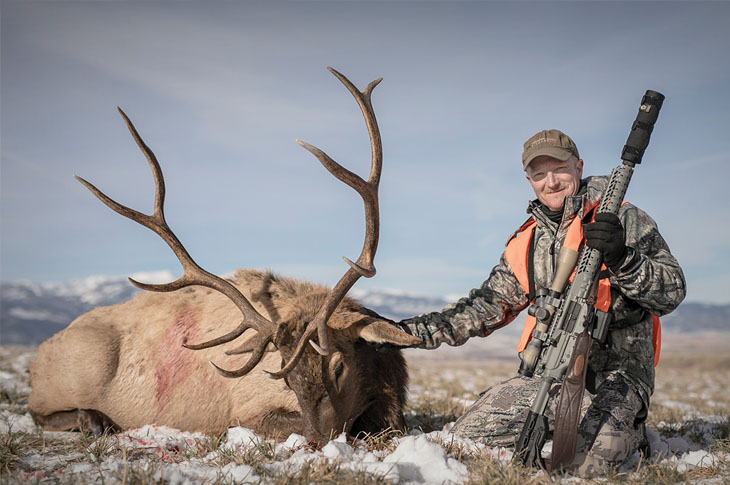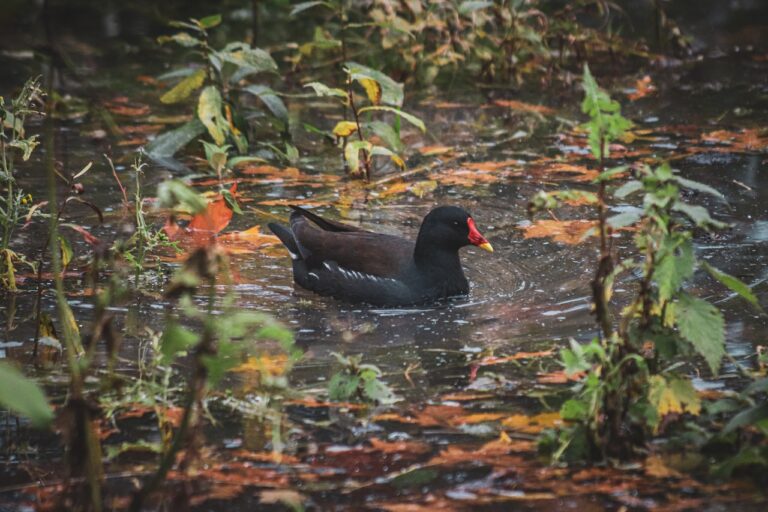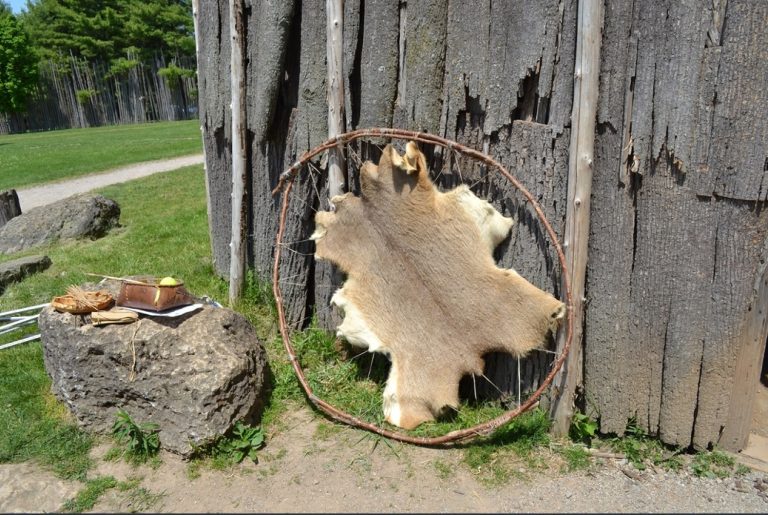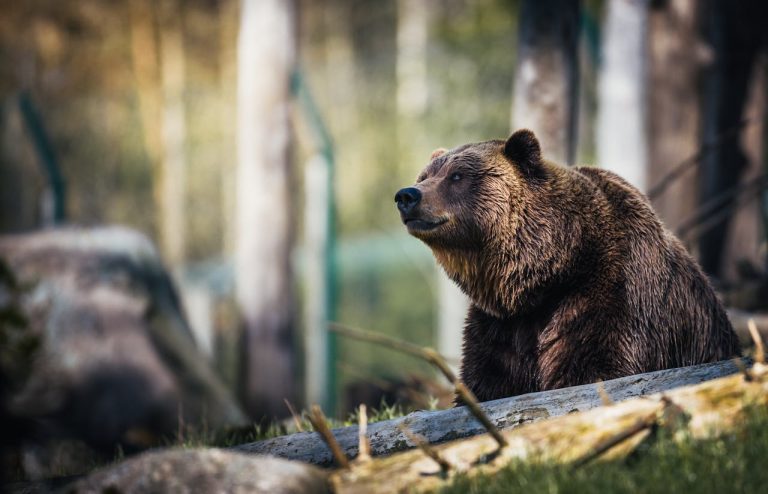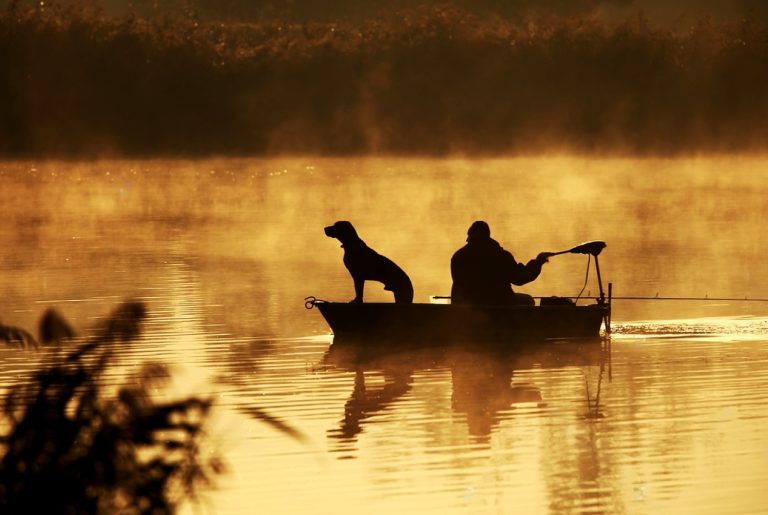For any hunting trip, the preparation is always the most important process. You have to consider many things, including hunting gear, weather conditions, etc., especially hunting clothes. Picking the right hunting clothes not only brings the comfort to you during the whole hunt, but also allows you to camouflage with the rest of surroundings to prevent the target from noticing them.
Hunters need to choose the most suitable clothes based on the value of silence and comfort. While there are many different brands, styles, and materials that may make you confused. But don’t worry anymore, in this post, we will give you all necessary criteria and tips to wear the right hunting clothes.
Let’s get started now!
Which aspects of hunting clothes should be considered?
There are many things that can evaluate the quality of hunting clothes to get the best hunting experience. But here are three noticeable criteria which can help you pick the suitable one easily. Make sure your clothing is balanced in three following aspects.
Keep hidden
Staying hidden seems to be the most important things that your clothes have to do, right? Once your prey detects you, it will evade as soon as possible. So, you have to be kept hidden from it. The solution for you is using a good camouflage to blend in well with the surroundings. And the camo patterns like woodland, snow, orange blaze, etc. will do it well. Based on the weather conditions and species characteristics, pick a suitable one for your hunt.
Keep warm and dry
The hunting trip may last a few days to a week, even to a few weeks. Thus, hunting clothes that make you stay right in no matter what the external conditions are, is extremely necessary. Three layers are the best option. And heavier fabrics with warmer layers should be perfect. It will absorb sweat and all the unnecessary moisture.
Keep safe
The safe is one of the priorities during hunting. You should have some signs for other hunters to recognize you. Adding some bright color to your camouflage is the best solution. Remember that don’t add it excessively, or the prey will detect you.
Layering for the hunt
Truly, layering is the key to comfort on the whole hunt. It can help you maximize concentration especially when it is cold. But it doesn’t simply mean piling more layers of clothing on your body as possible. Remember there are THREE layers of clothing that work together as a system to trap heat and remove moisture. Choose clothing that fits well or you will be uncomfortable and unprotected.

Baselayer
Simply baselayer is the layer that fits right up against your skin. It wicks moisture away from your body, and is supposed to be the lightest layer.
Many hunters think that cotton is the suitable choice for the base layer. But it’s completely wrong. Cotton makes it more uncomfortable, especially when you get wet. This is not good for anyone in any conditions. You should pick a type of clothing that is more breathable. There are many options for this baselayer.
- Synthetic fabric: Comprised of polyester, it is lightweight and quick drying.
- Merino wool: This offers next-to-skin comfort, moisture-wicking capabilities, and odor-resistant properties.
- Polypropylene fabric: Thanks to its low specific gravity, it is lighter in weight and provides more bulk and warmth.
- Silk: Silk is the most comfortable and absorbent fabric. This will make you cool in the summer and warm in the winter.
Of course, the base layer has to depend on the weather conditions.
- Milder weather: Lightweight base layer is preferred. It can both wick sweat off your skin and provide little insulation to keep warm.
- Colder weather: Mid-weight base layers are great by removing moisture without overheating.
- Hash, cold weather: Heavyweight ones are essential to provide the insulation but still be well ventilated and breathable.
Mid-layer
This layer will work in conjunction with the base layer to trap heat. And you can double up it if needed or remove it if overheating. For example, in the milder conditions, you can want to use this mid-layer as your outer layer, so this should offer some waterproof protection. So, it should be the most flexible one, for example, loose clothes. But remember that it is not too much baggy. Baggy ones will not protect you in the cold weather.
For the mid-layer, polyester and merino wool can work well. Polyester is extremely strong, durable, and best for clothing for harsh climates, while merino wool can absorb a large quantity of moisture vapor and help you stay warm. Apart from that, nylon is a great option for your mid-layer.
Outer layer
The outer layer: YOUR PROTECTIVE SHELL. There are lots of rocks and trees that might hurt you. And clothes will protect you in these situations. Make sure the outer layer is strong and highly durable enough to tackle all elements. Your outer layer should meet all following requirements:
- Waterproof – for rainy and snowy conditions, you will not get wet at all.
- Wind resistance – for windy conditions.
- Durability – for rough terrain such as tree branches, thorny bushes, etc.
- Lightweight – for an easier movement during the hunt, or quickly put it back in your backpack if you are too hot.
- Camo – for hiding yourself and catching the prey easily.
When picking the hunting clothing, keep these aspects in mind to make your hunt successful as possible. But don’t forget the way to choose the camo pattern that will be shown in paragraphs below.
Picking camo pattern
Camouflage clothing is necessary, but many patterns of camo are available. In fact, the selection of camo patterns depends on the environment, terrain, weather conditions. It may be a waste of money if you pick the wrong camo hunting clothes. Choosing the colors and patterns can make or break the whole situation that you are in.
Standard camo patterns
There are FIVE camo patterns available for hunters, including woodland, snow, marsh and field, brush, and orange blaze. Each pattern is used for specific weather and surroundings. Remember it!
- Woodland: It comes in many different patterns that look like different types of trees, so you can disappear into the wooded areas.
- Snow-winter: As its name, the major color of this camo is white. But snow camo will mix in darker colors, in case of you pass in front of a darker background.
- Marsh and field: This pattern is suitable for the hunt in crop fields and marshes. It includes cattails, corn stalks, tall grasses, reeds and more that you’re likely to find in a swamp area.
- Brush: It features imagery that has both dirt and grasses against a contrasting surrounding of a neutral color.
- Orange Blaze: This allows hunters to see another and avoid accidental shootings. The orange blaze, used for vests or hats, normally combine with another appropriate camo for the area.
Choosing camo by terrains
- Wooded areas: Hunters definitely spend most of their hunting time in woodland, right? You will want camo which can disappear into the tree line.Thus, the woodland pattern is the popular choice for hunters.
- Riverbanks, crop fields, and marshes: Some types of hunting terrain don’t occur in the forest, like bird hunting. So hunter must choose marsh and field patterns for these types of terrain.
- Bushy areas: These terrains have large amounts of game to hunt; however, there are a few places for the hunters to hide. So a brush-patterned camo is a good choice to open the spaces with little foliage.
- Mountains, deserts, badlands: You should go for camo which will keep you hidden in open spaces in direct sunlight. Especially earth tones can blend into grasses, rock, and brush.
Choosing camo by seasons
- Early season of hunting: Try lush greens
- Fall: Neutral tones are perfect for hunting in this period.
- Winter: A mixture of grays and white should be considered.
Choosing camo by weather conditions
- Snowy conditions: When snow covers the terrain on the winter hunt, you will need more than white clothing. Simply wearing white clothing is not enough to blend in with the snowy landscape. Using the snow-winter camo!
- Warm weather: When the weather becomes warmer, trees are in bloom. The Woodland pattern may be the best choice for you. Let’s try green leafed patterns!
- Cooler conditions: For this condition, woodland camo that features multi-colored leaves or bare branches is preferred.
Choosing camo by species
For each type of animals, the way of camouflage is different. To choose a proper camo, you should know exactly animal vision and perception. Animals see things differently from humans, understanding what they can see will help you to hide easier.
- Orange Blaze: This allows hunters to see another and avoid accidental shootings. The orange blaze, used for vests or hats, normally combine with another appropriate camo for the area.
Choosing camo by terrains
- Wooded areas: Hunters definitely spend most of their hunting time in woodland, right? You will want camo which can disappear into the tree line.Thus, the woodland pattern is the popular choice for hunters.
- Riverbanks, crop fields, and marshes: Some types of hunting terrain don’t occur in the forest, like bird hunting. So hunter must choose marsh and field patterns for these types of terrain.
- Bushy areas: These terrains have large amounts of game to hunt; however, there are a few places for the hunters to hide. So a brush-patterned camo is a good choice to open the spaces with little foliage.
- Mountains, deserts, badlands: You should go for camo which will keep you hidden in open spaces in direct sunlight. Especially earth tones can blend into grasses, rock, and brush.
Choosing camo by seasons
- Early season of hunting: Try lush greens
- Fall: Neutral tones are perfect for hunting in this period.
- Winter: A mixture of grays and white should be considered.
Choosing camo by weather conditions
- Snowy conditions: When snow covers the terrain on the winter hunt, you will need more than white clothing. Simply wearing white clothing is not enough to blend in with the snowy landscape. Using the snow-winter camo!
- Warm weather: When the weather becomes warmer, trees are in bloom. The Woodland pattern may be the best choice for you. Let’s try green leafed patterns!
- Cooler conditions: For this condition, woodland camo that features multi-colored leaves or bare branches is preferred.
Choosing camo by species
For each type of animals, the way of camouflage is different. To choose a proper camo, you should know exactly animal vision and perception. Animals see things differently from humans, understanding what they can see will help you to hide easier.




